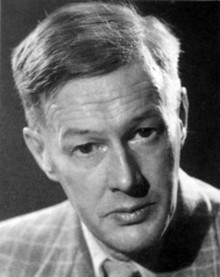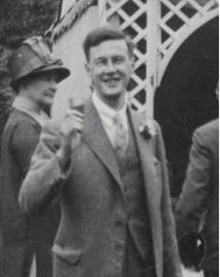Memorial
Robin Milford
Biography
Robin Milford was born in Oxford on 22nd January, 1903, to cultured parents, Humphrey and Martha Milford (Humphrey Milford was later knighted for his work with the Oxford University Press from 1900 to 1945, and founded the Music Department of the OUP in 1923). Having attended preparatory school at West Downs (near Winchester) and Rugby, Milford (a nervous and insecure young man) gained a place at the Royal College of Music in 1921 to study with R. O. Morris, Henry Ley, Gustav Holst and Ralph Vaughan Williams. Milford’s output suggests three distinct periods of style and influence (the 1920s; the 1930s; and the 1940s and 1950s). The 1920s can be viewed in terms of ‘youthful expectation and apprenticeship’ with the works of this period clearly demonstrating a keen sense of creativity, imagination and craftsmanship (employing a cross-style influenced by the Parry/Stanford school and English folk-song). The first of Milford’s compositions date from the early years of this decade when, through the encouragement of Vaughan Williams, Milford directed two family concerts of his works (the second of which included the children’s opera The Shoemaker, pre-1924) . It was at these that Milford met Kirstie Newsom (governess to the grand-daughters of Sir John Stainer). Kirstie was an able viola player and singer with a fine voice and, along with Gerald Finzi, became an important musical mentor. Marriage in 1927 gave the composer much needed emotional stabilit







